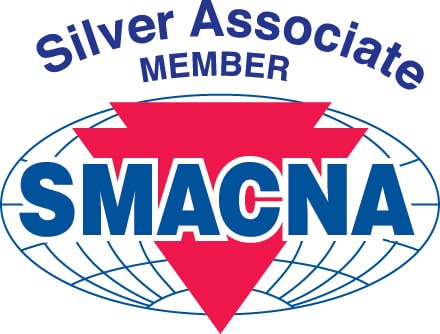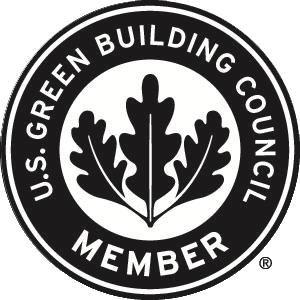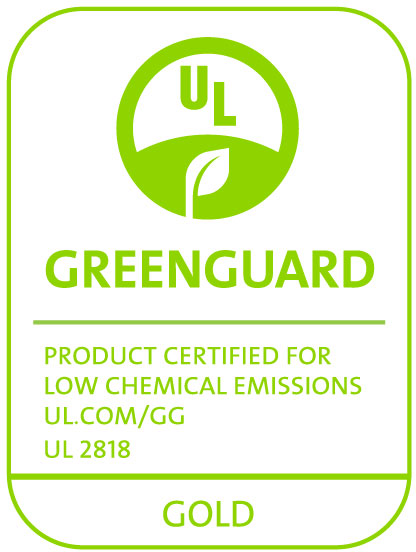Energy Standards and Codes | Mechanical Insulation
March 3, 2023
Energy, whether it be traditional or clean, is a precious resource, drives economies, and meets a basic human need for thermal comfort while powering our lives. The U.S. Energy Information…
Learn More










